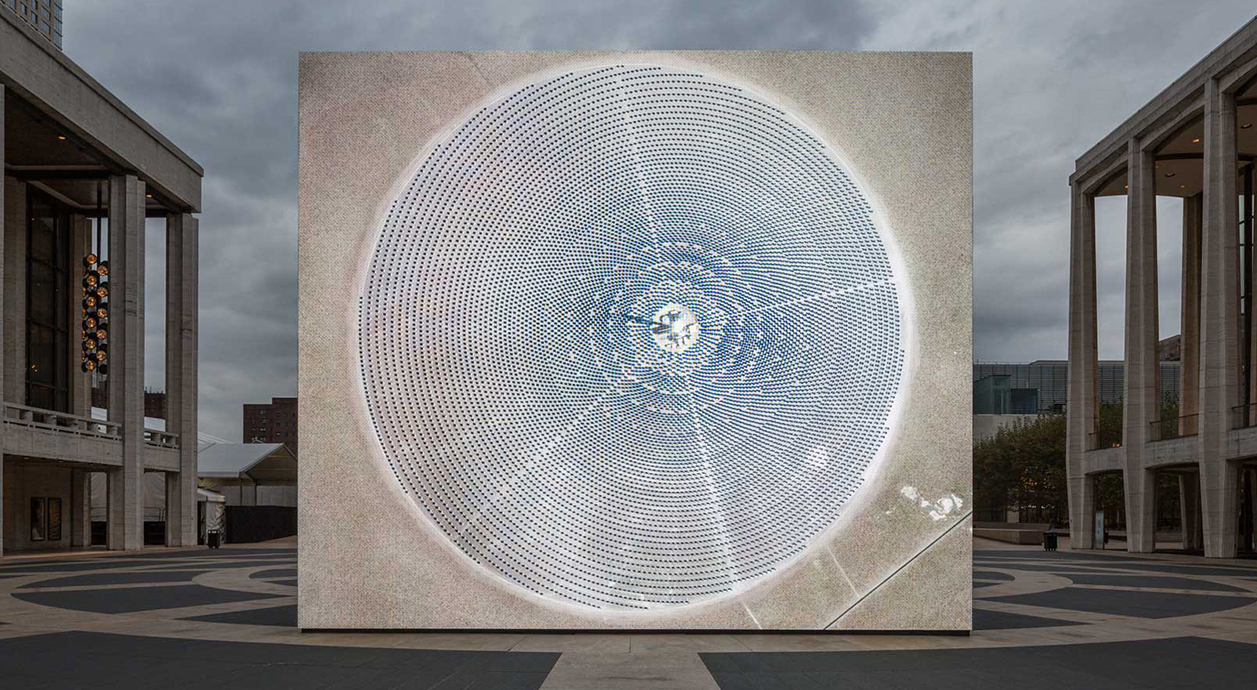Methodologies of Artistic Practice Now Instructor: Mohammad Salemy Date & Time: Sundays, February 3, 10, 17, 24, March 3, 10, 17, 24 11 AM - 1:30 PM EST

DESCRIPTION This seminar will focus on the intersections between artistic practice and new technologies and how these can reshape contemporary artistic production. While the seminar will concentrate on each artist’s specific methodologies and career track, its overarching topic is how contemporary artistic practice can breach the normative notions of production and critique and transcend them. Moderated by Mohammad Salemy & Patrick Schabus, this seminar will feature seven artists who have made a major contribution to contemporary art in the last five years.
February 3: Mohammad Salemy & Patrick Schabus /// Introductory session
February 10: Julieta Aranda /// Passing as; passing through
The session will be an investigation on topics / demands / strategies of artistic production and how they present themselves vs how they really function in our contemporary economic and geopolitical landscape. Can we choose to be poor, or is passing a requisite?
February 17: Ahmet Öğüt /// Tools for a Collaborative Practice
With Happy Together: Collaborators Collaborating, Öğüt revisits past collaborations, explores the agency of those who participate in a work’s production and the nature of collaboration itself. The artist foregrounds the status and value of labour within the production of art, provoking a critical consciousness that calls into question the ethical and relational implications of the role of the artist and their work within the world.
February 24: John Gerrard /// Western Flag (near Spindletop, Texas) 2017
An indepth look at the production of the simulation Western Flag (near Spindletop, Texas) 2017 alongside contextualising works such as Dust Storm (Dalhart, Texas) 2007.
March 3: Agnieszka Polska /// Immersiveness and the mimicry of emotions as tools against normative patterns
In my presentation, I will use examples from my recent video works (“The Demon’s Brain’, ‘New Sun’) to talk about strategies of audio-visual stimulation that intentionally manipulate the emotions of the viewer. I will consider how such strategies might induce behavioural change and the ethics of the process.
March 10: Renzo Martens /// Plantations and White Cubes
Historically, plantations have funded the building of many European and American museums. Rather than (critically) rehearsing the problem, we aim to put art’s capacity to better use. We move beyond critique, and install a model in which art’s capacity to attract capital, visibility and legitimization is put to strategic purposes.
With the launch of the OMA-designed White Cube on a former Unilever palm oil plantation in Congo, the ambition is to slowly build a network throughout the world’s plantaton zones, kickstarting an international movement of artist-plantation workers buying back their own land. This isn’t art that points to inequality. It is art that provides the inspiration and the capital to build inclusive, ecological post-plantations.
March 17: Marwa Arsanios /// Why artistic research?
In this session we will go through different art research practices and look at specific methodologies in order to understand how artistic research affects the political and in its turn is affected by it.
March 24: Navine G. Khan-Dossos /// Without images, without figures.
This presentation will look at the role of aniconism in the painting practice of Navine G Khan-Dossos. This idea of the non-figurative derived from Islamic art forms the basis of the artist’s approach to her subject in the internet age, and informs her choice not to re-present the body at the centre of her artistic concerns.
Image: John Gerrard, Solar Reserve (Tonopah, Nevada) 2014
To see The New Centre Refund Policy CLICK HERE.
To see The New Centre Refund Policy CLICK HERE.